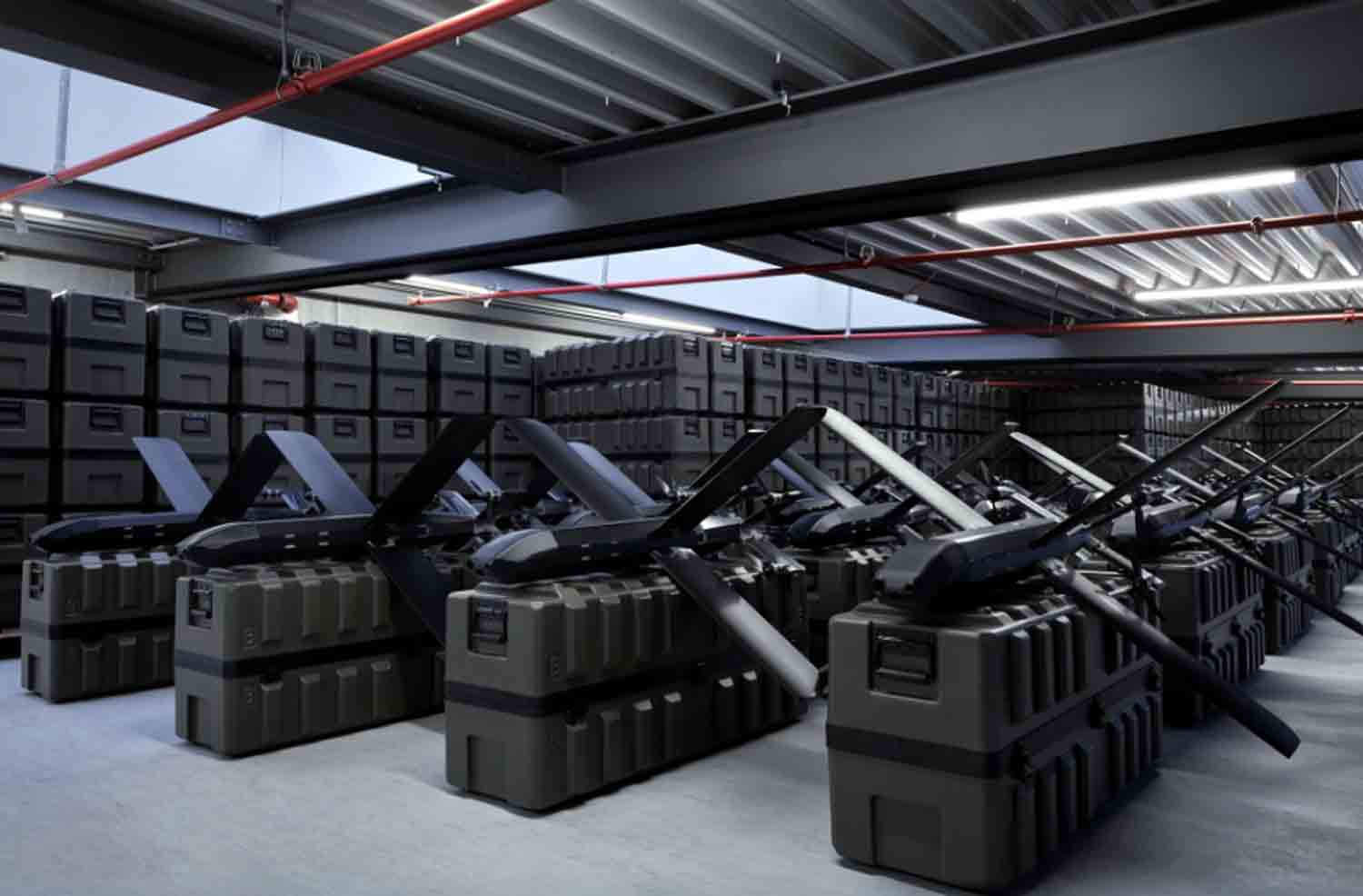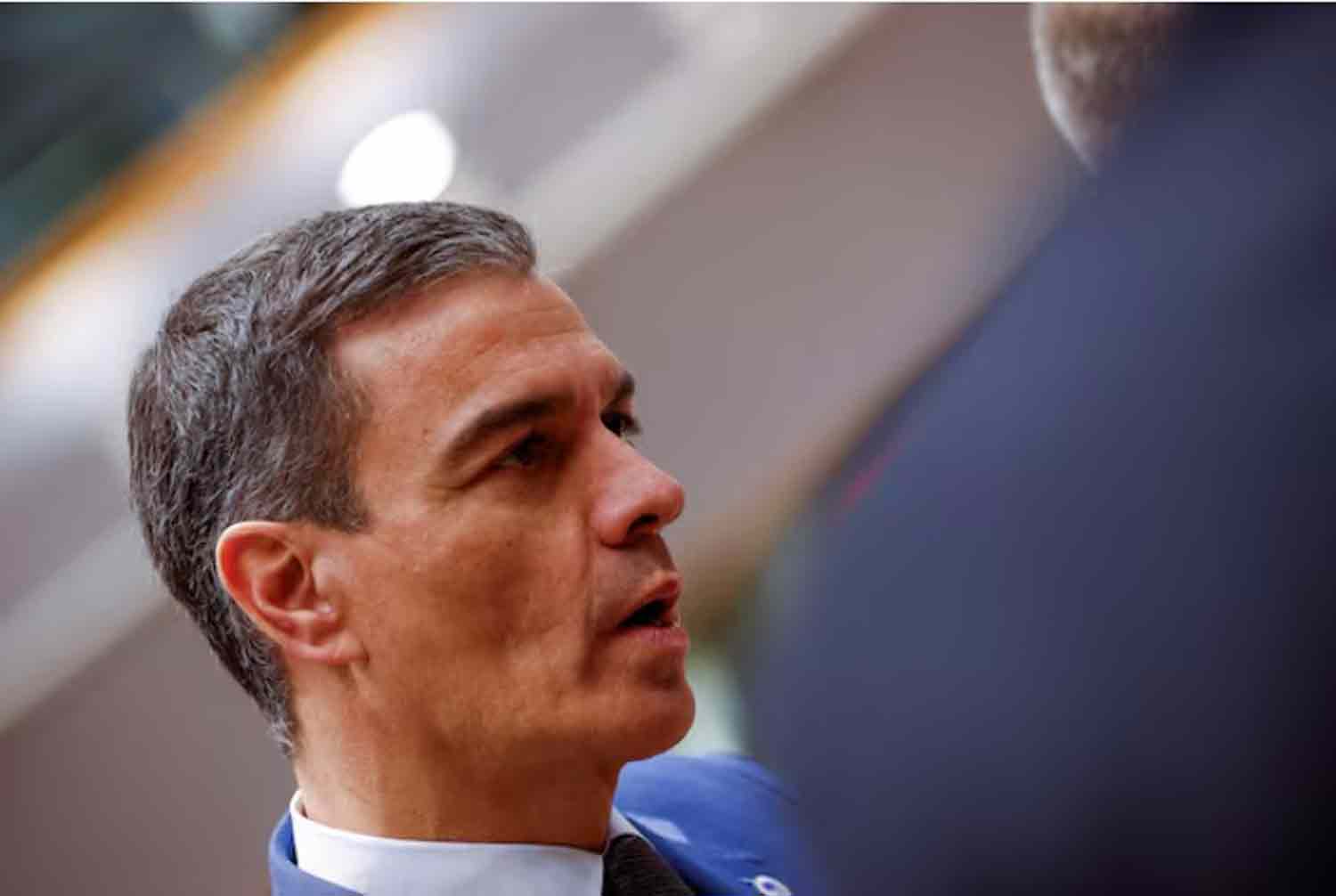Australia’s military is set to increasingly depend on autonomous defence systems to address the challenges posed by its extensive geography, according to defense officials who anticipate “friction in the system” as the focus shifts towards uncrewed technologies. The Royal Australian Air Force is collaborating with Boeing to create an autonomous combat aircraft known as Ghost Bat.
During the Australian International Air Show on Wednesday, Chief of Air Force Stephen Chappell announced that the Ghost Bat will showcase its capabilities and test various payloads this year, although it will not be armed during these demonstrations, before providing recommendations to the government.
Chappell emphasized that autonomous platforms enable scalability, stating, “This is not about replacing crewed platforms; it’s about enhancing scale and sustainability, increasing lethality and effectiveness, and improving survivability, especially for crewed platforms and our defense personnel.”
Ninh Dong, head of air and maritime at Australia’s Defence Science and Technology Group, highlighted the country’s extensive coastline and the 2 to 3 million square kilometers (772,000 to 1.2 million square miles) of northern ocean that require defense. He noted the need for innovations to “overcome this asymmetric disadvantage of distance.”
Dong also pointed out that the global shift towards autonomy and AI in warfare is crucial, with Australia prioritizing hypersonic missiles. “By keeping adversaries at a greater distance from Australian shores, we gain more time to address potential threats,” he explained regarding these missiles.
Allan Hagstrom, director of combat futures at Air Force Headquarters, remarked that costly aircraft must integrate with more affordable technologies, noting that autonomous initiatives are already creating “friction in the system” as defense forces adapt. “We are on the verge of a significant shift in the coming years, where uncrewed platforms, supported by autonomy, will likely outnumber crewed platforms,” he stated.
The difficulties involved figuring out how to collaborate effectively with other nations, as each country determines the human element in the “optimal solution.” “Our focus is not on removing humans from the technological equation, but rather on how we can integrate both human and machine capabilities to achieve the best possible outcome,” he stated.
Discover more from Defence Talks | Defense News Hub, Military Updates, Security Insights
Subscribe to get the latest posts sent to your email.





